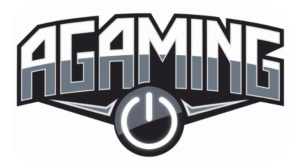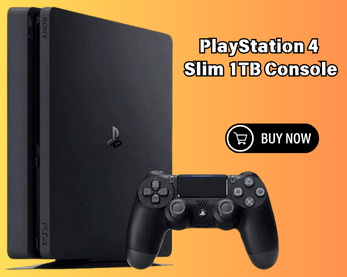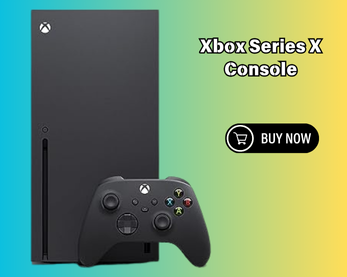Nintendo’s original GameCube controller is a bit of an oddball compared to its previous and following gamepads. Despite its strange button layout and toy-like color scheme, it became a beloved way to play games long after the GameCube’s lifespan and is still lauded by many as the best way to play Super Smash Brothers – even inspiring an adapter for the Wii U that let players use their now-retro controllers today. With the Nintendo Switch Online collection finally receiving its own batch of GameCube games, we have an official reproduction of the classic gamepad; although this time Nintendo has delivered something more ambitious than its typical faithful throwbacks, adding features you see on proper Switch 2 controllers. While this modern iteration of the GameCube controller is hands-down the best way to play that console’s games, Nintendo has built a controller that strives to also work in the greater Switch 2 ecosystem, even if it doesn’t quite go far enough.
Anytime I pick up the Switch 2’s GameCube controller, it immediately brings me back to the early 2000s; the shape and feel haven’t changed. The main gray analog stick, with its rough concentric circle thumb grip, returns along with its now-dated octagonal gate. The d-pad, located below the stick, remains a little too small to use comfortably, yet it works fine in a pinch. The right side stars the candy-colored duo of the comically large A button and the bright red B button, which is inexplicably a third of the size of the former. Of course, the face isn’t complete without the goofy bean-shaped X and Y buttons orbiting above. Nintendo’s line of classic controllers hasn’t aimed to change any problem the old button layouts or uncomfortable ergonomics had, and that’s no different here. Lucky for me, I like the way the GameCube controller looks and feels. Even with its toy-like aesthetics, the GameCube controller remains one of the most interesting gaming peripherals of its time.
The most surprising feature left intact (and missing in Nintendo controllers since) is the inclusion of analog L and R triggers. Not only do they function like any other trigger when fully pressed in, but they also read pressure sensitivity in games that support it. Currently, the best way to experience these triggers is in F-Zero GX, where gripping at various pressures will result in shifting your high-speed racing machine in the given direction at velocities appropriate to the pressure you’re applying to the trigger. It works well here, feeling just how I remember it on the original hardware, if not a tad stiffer due to it not being a 20-year-worn controller. Thankfully, this addition of analog triggers answered the question of whether the Switch 2’s GameCube games would function the same as they always did. Truly, this new version of the controller has everything I could ask for when it comes to playing GameCube games.
The only visible change to the original is the wireless design. In place of an actual cord is a USB-C port, and included in the package is a five-foot USB-C cable to charge or connect to the Switch 2 dock. Like Nintendo’s other premium peripherals, battery life is a high point like the Switch 2 Pro controller. I’ve only had to charge the GameCube controller a few times over the weeks I’ve owned it, and I can’t think of a single time I’ve had to scramble to find a charger over a long gameplay session. This obviously isn’t the first time GameCube has been playable wirelessly, but we’ve certainly come a long way from the slightly bulkier, but always fought-over WaveBird controller. That may have been my preferred way to play before, but this new gamepad is easily the best way to play GameCube untethered.
This new rendition of the GameCube controller isn’t just for the current limited slate of NSO games. To help it be a viable option with the greater Switch library, Nintendo has added a handful of tiny buttons, including Home, Capture, ZL, and the new bespoke C button for Switch 2’s GameChat feature. Most of these buttons are discrete, hiding on top of the controller, sandwiched between and around the existing triggers. Technically, they work, but they’re not necessarily comfortable or easy to use as they are on the Joy-Con.
Looking for a Switch 2 case?

tomtoc Slim Carrying Case
3
Check out our roundup of the best cases for your Switch 2!
Going the extra mile, Nintendo has implemented gyro controls to the GameCube controller, unlocking the potential for even more robust Switch compatibility. It feels nice to use as tilting to aim ranged weapons in Breath of the Wild or Splatoon 3 is responsive and accurate, providing an experience on par with other Switch controllers. It’s great that Nintendo wants to make the GameCube controller work outside of its targeted games, especially with an ever-climbing price of $69.99, just $15 short of the Switch 2 Pro Controller. While adding features like motion controls and new buttons greatly enhances the versatility of the GameCube controller, what’s missing from the equation makes the gulf between the Pro Controller feel wider than it would without the extras.
While testing various Switch games, I found that I had most of the buttons needed for their core functions. After all, most games rely on the traditional button layout to play. Racing in Mario Kart World is a dream, taking me straight back to the hundreds of hours I spent in Mario Kart: Double Dash. However, cruising around the open world, I realized the shortcomings of using the GameCube pad – there’s no way to retry challenges because the left and right analog sticks are not clickable on the GameCube controller. The minus button and HD rumble are nonexistent as well, although there is a traditional rumble motor built in. These shortcomings aren’t going to affect every game the same way, but the minor inconveniences add up quickly. To make matters worse, Nintendo doesn’t allow remapping of buttons like its other controllers, undermining accessibility accommodations and the ability to make the missing buttons available.
With all of the ways the GameCube controller has been brought up to speed with Switch 2 functionality, it’s confusing why Nintendo didn’t go all the way and make it a true current-gen controller. The placement may be correct, but the pill-sized ZL button could have easily been a mirror of the more traditional bumper Z button that’s in front of the right trigger. I understand wanting to keep the overall look and feel identical to the original, but I can’t help but wonder how much more versatile this gamepad would be if a few concessions were made to elevate the usability for Switch games.
If you want to take the plunge and grasp nostalgia, there are a few hoops to jump through. First, the GameCube controller is an online exclusive to NSO subscribers, which, of course, has its own cost of entry. Compared to Nintendo’s other replica controllers, it carries a steep price. Then, if you want a full set, it’s going to be difficult, as you’re only allowed to purchase one per Nintendo ID account. The process isn’t insurmountable, but you’ll have to get creative with family and friends if you want to have a full squad of GameCube controllers for your next Smash Ultimate night.



